478 Views
Raised Veggie Bed Made From Recycled Corrugated Iron

by
Carole
(IC: homeowner)
$68.00
3 Hours
Easy
This raised veg bed was made on the weekend by myself and my husband. We used 4 pieces of old corrugated iron sheeting that was lying on the vacant lot next door - we checked first with the land owner if it was OK to take it. The iron appears to have once been an iron fence. The size is 86cm high (a little over waist high for me, I am quite short) and the width is 1metre, whilst the sides are 1.7m. Dimensions were according to the size iron we had to work with. The four posts are heavy hardwood timber, which we got our local hardware and building store to cut to size for us. We used heavy timber as we get gale force winds and wanted to make sure the frame, when empty, had plenty of weight in it. At the base of the frame and running widthways is another piece of heavy timber which is resting on the ground and bolted to the iron through the ends, to give the bed some stability. We are in the process of filling this with vegie mix soil - so far so good. No buckling or bulging in the iron and we are almost done with loading in the soil. As the bed is so deep, I layer to about half way up the height of the bed, lots of branches, sticks, hanks of gum tree bark and so on. On top of that was some horse manure which was mostly sawdust and straw, then the soil. The soil is a mix made by the local nursery which has soil, mushroom compost, compost and aged cow manure in it, so it is quite rich. I am going to move my strawberry plants to this bed to keep our dog away from eating them! I am putting two large window boxes with marigolds along one side to pretty it up a little and to keep bugs off the bed. Once it is growing it will look better than this. It is very rustic but it will no doubt do the job. Cost of a purchased bed this size about $360. Cost of this one, including timber and bolts - remember the iron was free - about $68 and a few hours of our time! Soil is extra cost of course!
Enjoyed the project?
Published July 17th, 2014 9:38 PM
Comments
Join the conversation
6 comments
-
Looks great! I love a raised gardening bed!
 Barb Rosen
on Jul 18, 2014
Barb Rosen
on Jul 18, 2014
- See 2 previous
-
-
Carol, did you need to cut the metal or was it the right length already?
 141737
on Jul 18, 2014
141737
on Jul 18, 2014
-
@Empress of Dirt - Melissa Hi Melissa - We did not cut the iron lengthwise ie. along the troughs and valleys of the metal, 86cm width was standard across all pieces, but we did cut the iron across the troughs and valleys of it by first measuring up and drawing a line, use tin snippers (get the bigger size, some would be too small for this task - not expensive from hardware stores) to start cutting, make a cut a few inches long and then lie the iron down on the ground - flat surface is easier, putting your foot on it and pulling it towards you firmly (you might need someone else to stand on it for you while you do this) and keeping pulling it towards you. It will tear in a fairly straight line. We found this tip from a lifestyle show on TV and it works - pretty straight line and saves hurting your hands by having to cut through the whole width of the iron. I stood on it - helps if you move your feet and weight as the piece tears to ensure a straight line, while my husband also put his foot on the piece he was tearing and pulled it towards him from the top edge. Hope this helps! Our pieces were standard width but all the lengths varied, which is why we needed to cut and tear.
 Carole
on Jul 18, 2014
Carole
on Jul 18, 2014
-
-




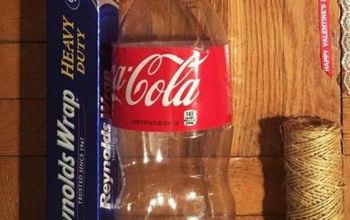

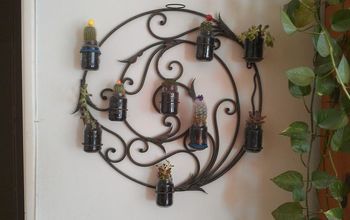

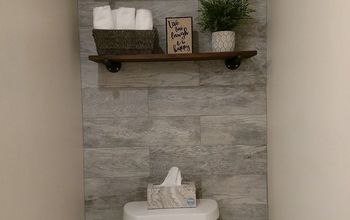







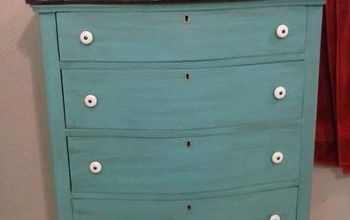



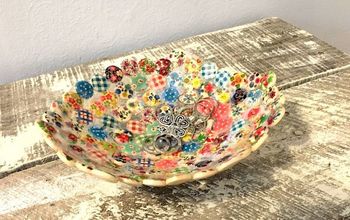
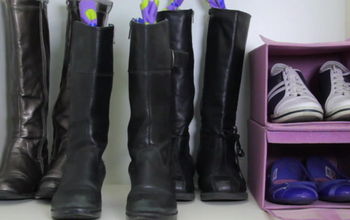


Frequently asked questions
Have a question about this project?